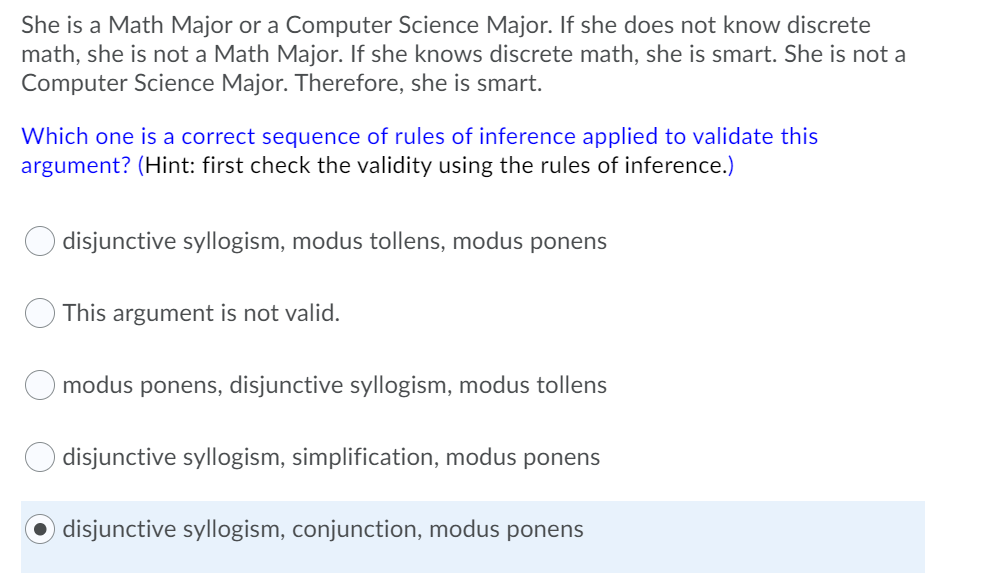When navigating the murky waters of academia, particularly for aspiring technologists, a pervasive question often lingers: “Is there a lot of math involved in a Computer Science major?” While it may seem innocuous at first glance, this inquiry has many implications, and unearthing the depths of its complexity reveals intriguing challenges and rewarding conundrums. Computer Science, inherently intertwined with the principles of mathematics, possesses a rich foundation that many students may overlook. Therefore, an exploration into the relationship between mathematics and computer science is warranted.
One must first delineate the fundamental components of a Computer Science curriculum. While there are courses dedicated to programming languages, software engineering, and systems architecture, an appreciation for mathematics is crucial. Foundation subjects such as discrete mathematics, calculus, and linear algebra often populate the syllabus. These disciplines provide the necessary tools to tackle a variety of computational problems, embellishing the student’s problem-solving arsenal with analytical rigor and critical thinking skills.
Discrete mathematics, for instance, emerges as a linchpin in the realm of computer science. It encompasses the study of mathematical structures that are fundamentally discrete rather than continuous. This branch is replete with essential topics like set theory, combinatorics, graph theory, and algorithm analysis. Let’s ponder—how can an understanding of combinatorics elucidate the efficiency of algorithms? The answer lies in the ability to evaluate potential solutions, ensuring optimal routes for problem-solving.
Furthermore, algorithms, the backbone of computer science, are deeply rooted in mathematical concepts. Time complexity and space complexity are rationalized through mathematical models, which facilitate a profound comprehension of efficiency. Without mathematical acuity, an aspiring computer scientist may find themselves at a disadvantage, struggling to gauge the utility of their solutions in real-world applications.
Calculus, on the other hand, provides a robust toolkit for understanding changes and motion. It serves as a vital apparatus in fields such as machine learning and data analysis. The principles of derivatives and integrals apply directly to algorithms that require optimization. Herein lies a playful query—who knew that the intricate dance of numbers could sprout innovations in artificial intelligence? A simple understanding of rates of change allows computer scientists to develop models that can teach machines how to learn and adapt: a quintessential requirement in today’s technology-driven landscape.
Incorporating linear algebra into the discourse further enriches this technological tapestry. Linear algebra deals with vector spaces and linear mappings, which are pivotal in graphics programming, computer vision, and machine learning. The manipulation of vectors and matrices can foster the modeling of complex systems. The challenge, therefore, becomes evident: how do we translate real-world phenomena into linear models? This transformation is essential for creating simulations or algorithms that accurately reflect the intricacies of a given task.
A Computer Science major cannot shy away from the abstract and often unfathomable concepts characteristic of higher mathematics. Topics such as Boolean algebra, number theory, and probability are iteratively woven into the curriculum. Boolean algebra is paramount for understanding binary systems and logical operations, forming the underpinnings of circuit design and computational operations. Number theory introduces students to the fascinating world of primes, divisibility, and modular arithmetic—concepts that have profound implications in cybersecurity and encryption protocols.
Moreover, probability and statistics offer insights into data analysis and machine learning paradigms. Deciphering data trends is akin to deciphering encrypted messages. This amalgamation of math fields challenges computer science students to cultivate a composite understanding, enabling them to distill massive datasets into actionable insights. Hence, they are not just programmers; they are data sculptors, wielding mathematical knowledge as a chisel.
However, it is imperative to evaluate one’s personal affinity for mathematics before embarking on this academic journey. Are you comfortable with abstract reasoning? Do you revel in solving complex problems? The rigorous nature of mathematics in the computer science domain ultimately demands more than rote memorization; it requires a synthesis of concepts to foster innovation.
As one engages with these mathematical principles, challenges may abound. The logical rigor required can induce a steep learning curve. However, persistence in overcoming mathematical hurdles can lead to profound achievements in computational creativity. Wouldn’t it be delightful to discover that a stumbling block in calculus could unveil a revolutionary algorithm or a game-changing piece of software?
Ultimately, mathematics in Computer Science is not merely an ancillary subject; it is a cornerstone that empowers students to engage in analytical thought. The interplay of math and computing becomes apparent: it emphasizes logical reasoning, encourages systematic problem-solving, and fuels the learning journey of budding computer scientists.
As we ponder the relationship between mathematics and computer science, one thing becomes abundantly clear. Yes, the realm of Computer Science is suffused with a plethora of mathematical principles integral to its foundation. As such, the question posed transforms into an invitation for fervent learners to embrace the mathematical undertones, bravely confronting complexities, and ultimately emerging as adept, innovative thinkers in an ever-evolving technological landscape.












